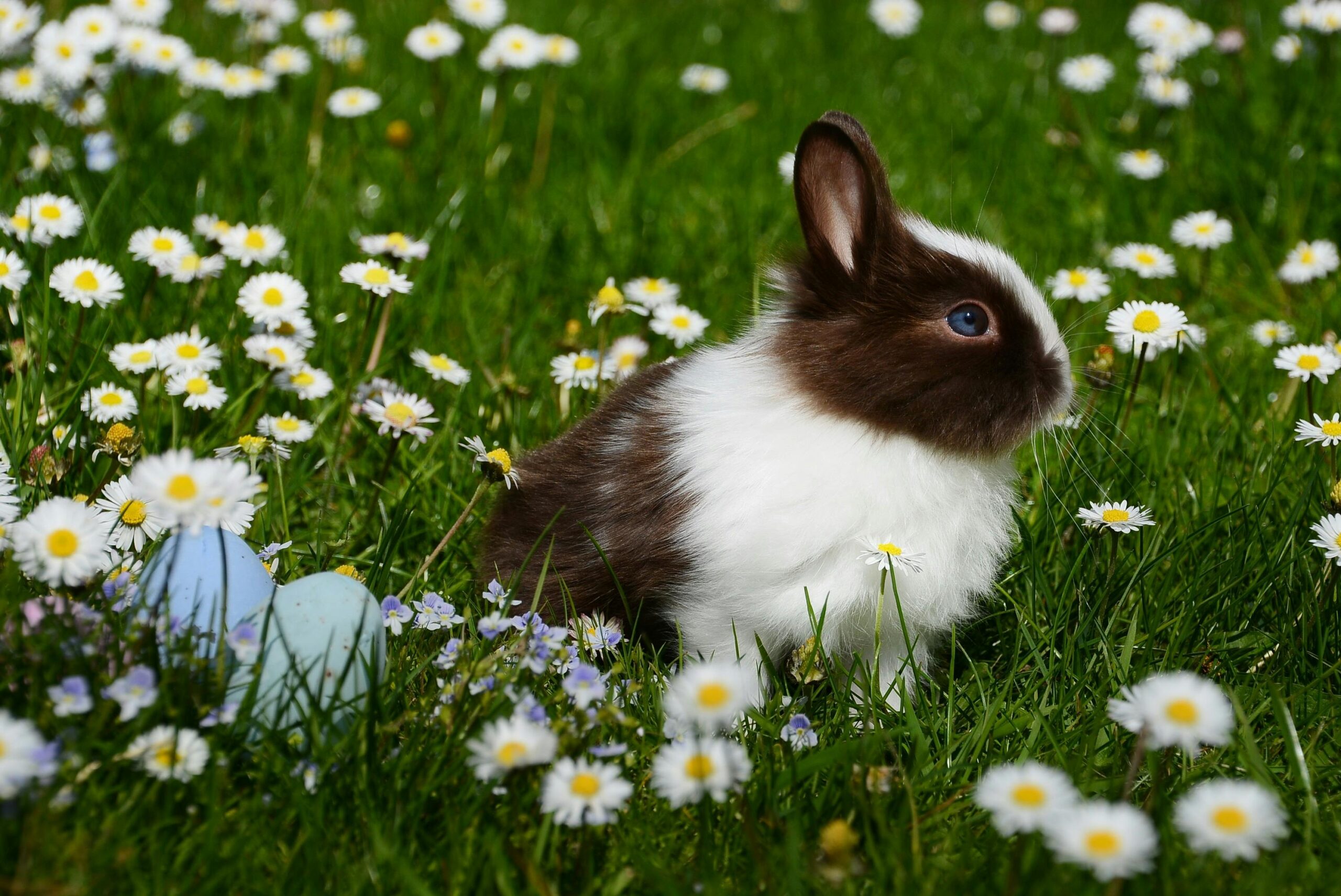Rabbits are fascinating creatures that come in a variety of types, each with unique characteristics and behaviors. Understanding the different types of rabbits both domestic and wild can enhance our appreciation for these animals and guide potential pet owners in their choices. This article explores the various rabbit breeds, highlights notable wild rabbit species, and provides insights into the distinctions between rabbits, hares, and pikas. By the end, readers will have a comprehensive understanding of rabbit diversity and the factors to consider when choosing a rabbit as a pet.
Introduction to Rabbit Types
Rabbits are classified into two primary categories: domestic rabbits and wild rabbits. Domestic rabbits, often bred for companionship and specific traits, are commonly kept as pets. In contrast, wild rabbits thrive in natural habitats and exhibit behaviors suited to survival in the wild. Understanding these classifications can help potential rabbit owners choose the right breed for their lifestyle and environment.
Understanding Rabbit Classification
Rabbits belong to the family Leporidae, which includes several species. The classification can be further divided into two main groups: domestic and wild. Domestic rabbits are bred by humans for specific traits, while wild rabbits adapt to their environments and play vital roles in their ecosystems.
Domestic Rabbits
Domestic rabbits are bred for various purposes, including companionship, show, and meat production. They come in numerous breeds, each with distinct characteristics.
Wild Rabbits
Wild rabbits are typically found in diverse habitats worldwide, from forests to grasslands. They are essential to their ecosystems, serving as prey for various predators and contributing to soil health through grazing.
#1 Domestic Rabbit Breeds
There are over 50 recognized domestic rabbit breeds, each with unique traits. Here are 12 notable breeds:
- Holland Lop: A small breed known for its floppy ears and friendly demeanor, making it an ideal pet for families.
- Netherland Dwarf: One of the smallest breeds, characterized by its compact size and playful nature.
- Angora: Renowned for its long, soft fur, the Angora requires regular grooming to maintain its coat.
- Mini Rex: Known for its velvety fur, this breed is friendly and easy to handle, making it popular among pet owners.
- French Lop: A large breed recognized for its gentle temperament and impressive size, often used in shows.
- English Spot: Distinguished by its unique markings and lively personality, this breed is active and social.
- Californian: Bred primarily for meat, this breed is also kept as a pet due to its calm nature.
- New Zealand: Another meat breed, known for its friendly disposition and suitability for families.
- Silvie: A unique breed with a striking appearance, known for its playful and curious nature.
- Lionhead: Recognizable by its mane-like fur, this breed is affectionate and enjoys human interaction.
- Chinchilla: Known for its soft, dense fur and gentle temperament, making it a great companion.
- Dutch: A compact breed with a friendly disposition, often recognized by its distinctive color patterns.
#2 Popular Pet Rabbit Breeds
Some rabbit breeds are particularly favored as pets due to their temperament and adaptability. The following breeds are commonly chosen by rabbit enthusiasts:
- Holland Lop: Small, friendly, and great for families.
- Netherland Dwarf: Playful and compact, ideal for small living spaces.
- Mini Rex: Easy to handle and friendly, perfect for first-time owners.
- Lionhead: Affectionate and curious, known for its unique fur.
- English Spot: Active and social, enjoys interaction with humans.
#3 Rare and Unique Rabbit Breeds
Some rabbit breeds are less common but possess unique traits that make them special. Here are a few:
- American Blue: Known for its striking blue-gray coat and calm demeanor.
- Silver Marten: Recognized for its distinctive color and friendly nature.
- Himalayan: An old breed with a unique color pattern, known for its docile temperament.
- English Angora: Notable for its long fur and gentle personality, requiring regular grooming.
- Thrianta: A rare breed with a vibrant red coat, known for its playful and affectionate nature.
#4 Wild Rabbit Species
Wild rabbits are integral to their ecosystems, and several species exist worldwide. Here are five notable wild rabbit species:
- Eastern Cottontail (Sylvilagus floridanus): Common in North America, known for its adaptability to various habitats.
- European Rabbit (Oryctolagus cuniculus): Native to Europe, this species has been introduced to many regions globally.
- Swamp Rabbit (Sylvilagus aquaticus): Found in wetlands in the southeastern United States, this species is a strong swimmer.
- Desert Cottontail (Sylvilagus audubonii): Adapted to arid environments, primarily found in the southwestern United States.
- Black-tailed Jackrabbit (Lepus californicus): Not a true rabbit but often confused with them, this species is known for its long ears and speed.
Differences Between Rabbits, Hares, and Pikas
While rabbits, hares, and pikas all belong to the order Lagomorpha, they exhibit distinct differences:
- Rabbits: Typically smaller, with shorter ears and a more social nature. They live in burrows and are often domesticated.
- Hares: Generally larger than rabbits, with longer ears and legs. Hares are born fully furred and are more solitary.
- Pikas: Small, mountain-dwelling mammals that resemble rabbits but are not true rabbits. They have shorter limbs and are known for their vocalizations.
Choosing the Right Rabbit Breed
Selecting the right rabbit breed is crucial for a harmonious pet-owner relationship. Consider the following factors:
- Space: Larger breeds need more room to move around, while smaller breeds can thrive in limited spaces.
- Temperament: Some breeds are more social and friendly, while others may be more reserved.
- Maintenance: Breeds with long fur require regular grooming, while short-haired breeds are easier to maintain.
- Activity Level: Active breeds need more playtime and interaction, while others may be content lounging.
- Allergies: Consider any allergies in the household, as some breeds may trigger sensitivities.
Caring for Different Types of Rabbits
Proper care varies between breeds and species. Here are some care considerations:
- Diet: All rabbits require a diet high in fiber, with hay as a staple. Fresh vegetables and pellets can supplement their nutrition.
- Housing: Domestic rabbits need a safe, spacious area to live, while wild rabbits require natural habitats to thrive.
- Socialization: Many domestic breeds thrive on social interaction, while wild rabbits are more solitary.
- Grooming: Long-haired breeds need regular grooming to prevent matting, while short-haired breeds require less maintenance.
- Health Monitoring: Regular vet check-ups are essential for all rabbits to ensure they remain healthy.
Rabbits are diverse creatures, ranging from the playful domestic breeds to the adaptable wild species. Understanding the differences between these types can help prospective owners make informed choices. Whether considering a rabbit as a pet or observing them in the wild, appreciating their unique traits and behaviors enriches our connection with these remarkable animals.

